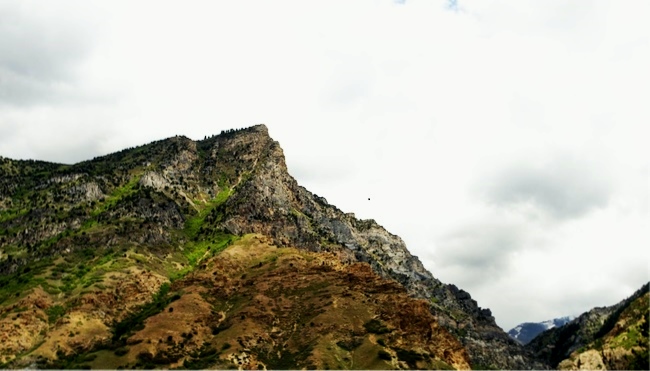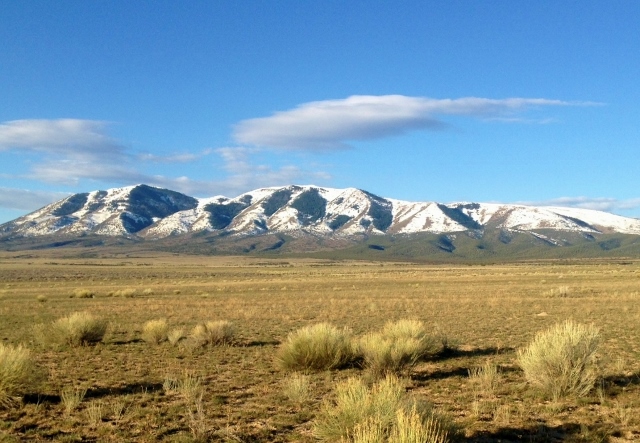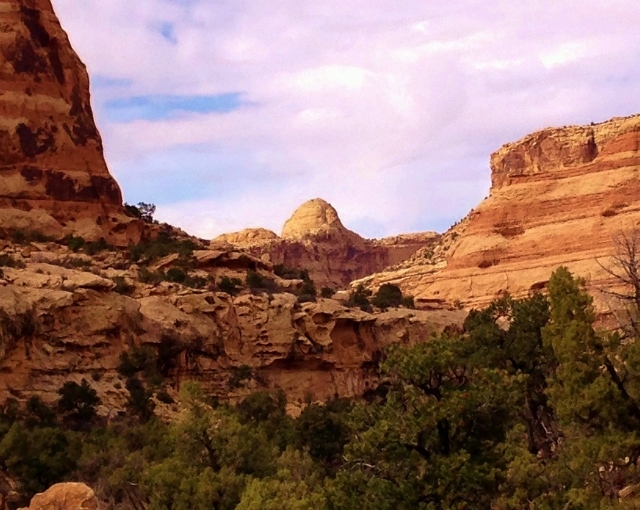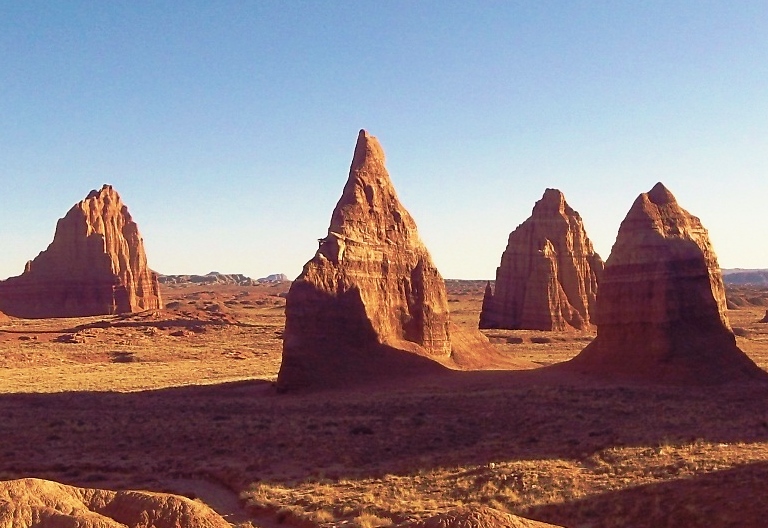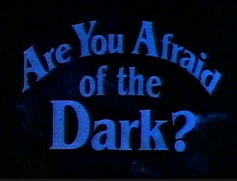 As of 2016, I estimate that I have run at least 15,000 miles during the night or early morning before the sun had risen. Once I started to learn how to run, I quickly discovered the unique experience of running safely during the night on trails.
As of 2016, I estimate that I have run at least 15,000 miles during the night or early morning before the sun had risen. Once I started to learn how to run, I quickly discovered the unique experience of running safely during the night on trails.
My first experience was in 2002 on Mount Timpanogos. My first trip up, that started about an hour before the sun rose. It seemed like a strange experience going up in the dark but there were so many other hikers doing the same thing so I didn’t feel uncomfortable. I did miss a switchback and made a usual rookie mistake of trying to climb a steep slope near a Scout Falls, but I got myself back on track, feeling quite foolish. Two weeks later I was more daring and went up again, an hour earlier and went much faster. I began to enjoy the challenge of chasing hiker lights ahead of me and it became a favorite game to push hard up the mountain racing after those ahead.




